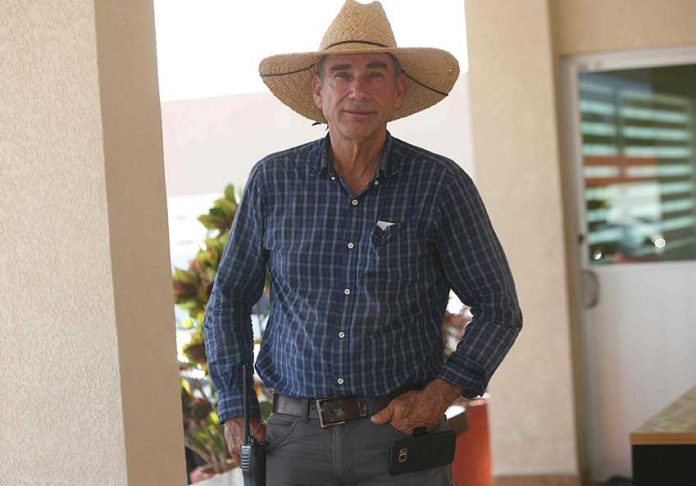In the Tierra Caliente region of Guerrero, an area notorious not just for hot weather but drug production and lawlessness, one farmer has been producing some of Mexico’s most delicious melons for the past 35 years.
“My dad was a farmer in Sonora, that’s where I got to know the fields and I became interested in growing cantaloupes,” Lee Shipley told the newspaper Milenio.
“We grew grapes and sent them to Mexico City with a distributor,” he added.
“He [the distributor] spoke to me about a place called [Ciudad] Altamirano, where there was a lot of water and a lot of land. That’s how I heard about this region. He sent me here with a guide, I started planting [cantaloupes] and now I’ve been here 35 years.”
Production increased over time and Shipley is now the largest melon grower in the country.
All these years later, Shipley still arrives at the farm every day before sunrise and throughout his work day he is constantly busy, allocating tasks to his workers, monitoring his melons, checking them for insects and disease and thinking about what he can do to improve the quality of his crop.
The farmer, who admits to being obsessed with achieving perfection in his fruit, said the introduction of drip irrigation and the use of hybrid seeds had been particularly beneficial for his business.
“The hybrids that we started using in 1986 helped a lot. Production increased by between 20% and 30% and the fruit also had a longer shelf life,” Shipley said.
He also said that bees have played a vital role in his success, explaining that farm workers first found African beehives on his property in 1990, at which time officials from the federal Secretariat of Agriculture (Sagarpa) “saw them as a threat.”
Shipley explained that “there are African [bees] and Italian [bees] and the secret is to treat them with respect” regardless of their origin.
“. . . We learned to look after them and not to kill them because they’re at the service of pollination. When we fumigate by tractor, we do it at night when they are not there and that way we preserve them,” he said.
Shipley is proud that he has been able to achieve a dream that he first had in his childhood and remains committed to producing the best fruit he can.
“The sweetness of a melon is one thing and the flavor is another. We’re looking for the best flavor [and] the best color, which without a doubt is the key to having the highest possible internal and external quality of each fruit.”
Source: Milenio (sp)
